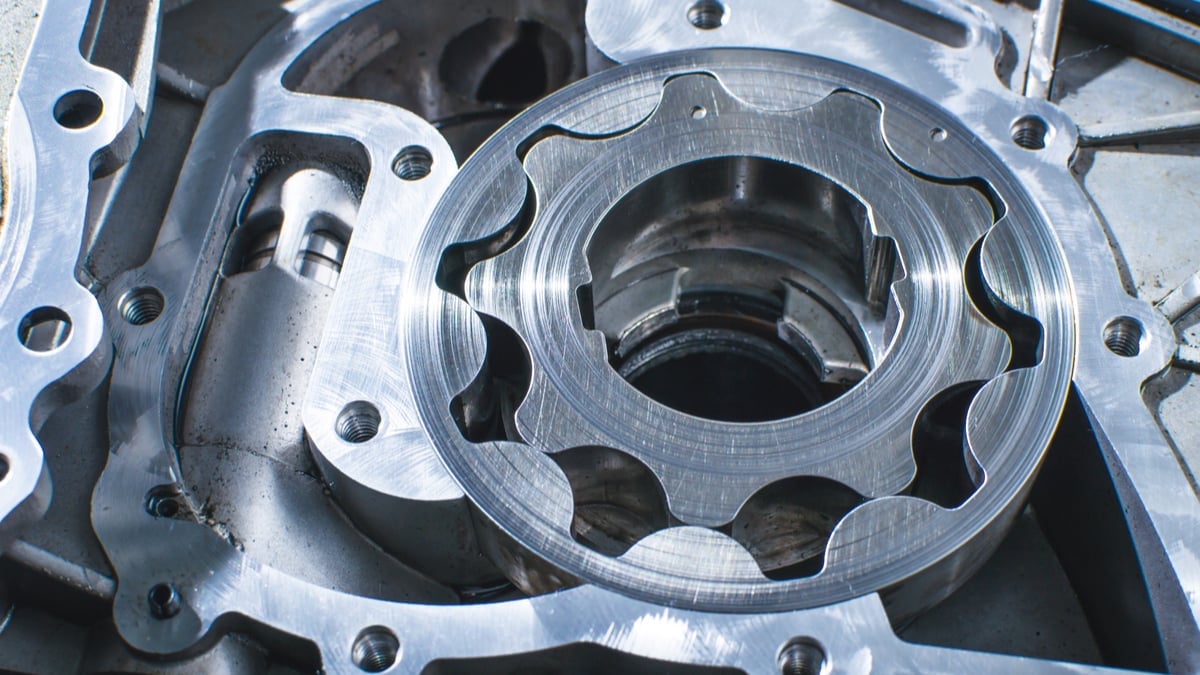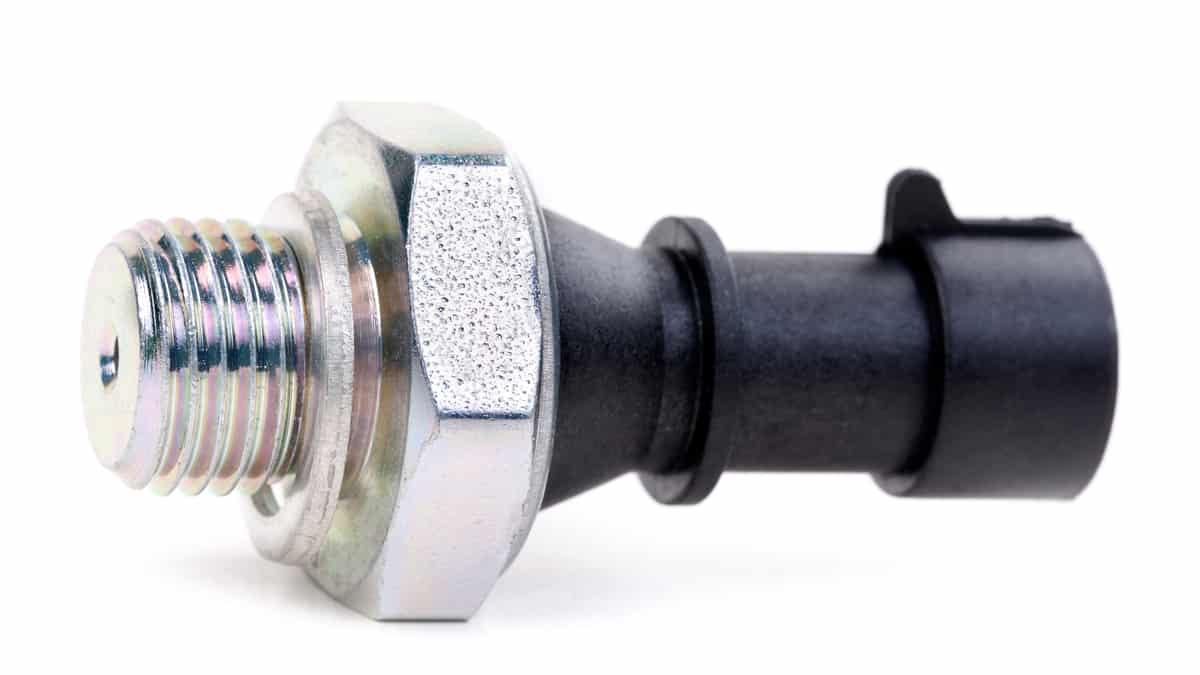Nobody wants to deal with engine issues, which is why the thought of oil in the intake manifold can cause a lot of worries. However, there are some problems that aren’t that tricky to deal with.
In this guide, we evaluate these five causes. We also show you how to diagnose oil in the intake manifold and help you get it repaired quickly.
Reasons for Oil in Intake Manifold
Oil could be in the intake manifold because of a bad PVC valve or a clog in one of the oil passages. There could also be a leaking valve seal or failing turbocharger, allowing oil into the intake manifold. If that’s not the problem, you should also take a look at the piston rings.
However, if there is just a little bit of oil in the intake manifold, it could be completely normal. It’s when it’s flooding the intake manifold and causing blue smoke from your exhaust pipe that you should be worried.
1. Faulty PVC Valve
The car’s PVC valve is needed to regulate the vacuum in the intake manifold. When it begins to fail, it could allow oil to enter instead. When this happens, you will notice that the engine starts to smoke.
This is one of the easiest problems to fix on this list. I will discuss this issue in more detail in a minute.
READ MORE: 7 Symptoms of a Bad PCV Valve (& Replacement Cost)
2. Turbocharger Failure
If your car is equipped with a turbocharger, it is very likely that a failing turbocharger is causing the oil in the intake manifold. When the turbo fails, the seals or obstructed return line can lead to leaking oil.
Usually, the oil ends up in the intercooler. However, it’s also possible to see some in the intake.
3. Oil Passage Clog
Within the engine, there are oil passages that the fluid must flow freely through. If one of the passageways is clogged in certain spots, oil could enter the manifold.
This problem will also lead to a smoky engine. Plus, it’s not as simple to repair as the PCV valve. It’s best to keep the passageways clear, so this never becomes a problem. You do this by maintaining the engine with regular oil changes and by maintaining the filters.
4. Leaking Valve Seal
The valve seals are needed to secure the valves within the cylinder heads. If the seals begin leaking, oil can make its way into the manifold.
Again, you are going to deal with engine smoke when this happens. Most average at-home mechanics won’t want to handle this repair on their own.
READ MORE: 6 Symptoms of a Bad Valve Seal (& Replacement Cost)
5. Bad Piston Ring
The piston rings are also needed to seal the cylinders within the motor. However, they can wear down over time.
When this happens, oil leakage can occur. This oil could leak into the intake manifold, leading to a smoky engine once again.
RELATED: 4 Symptoms of a Bad Piston Ring (& Replacement Cost)
Symptoms of Oil in Intake Manifold
If there is oil in the intake manifold, you will notice distinct symptoms pointing to the problem. While I have discussed engine smoke, that isn’t the only possible symptom. Here are the most common characteristics of this problem:
- Engine smoke
- Reduced engine power
- Misfiring engine
- Fouled spark plugs
Of course, most of these problems can also occur with other faults, so it’s difficult to determine that these are caused by oil in the intake manifold. With these symptoms, you might also be dealing with dirty filters or low compression.
The only way to know for sure is to have the system checked and diagnosed. If you don’t have the equipment or skills to perform a diagnosis, take your car to a professional mechanic.
Repair Oil in Intake Manifold
1. Clean/Repair PCV Valve
The easiest solution to getting oil out of the intake manifold will be if the PCV valve needs attention. In most cases, you can handle this job at home with minimal equipment. If you have an oil catch pan, some rags, a degreasing agent, and some time, you can get it done.
Start by disconnecting the negative battery terminal, so there’s no chance of electrical hazards.
Locate the PCV valve. It is usually located in the valve cover, depending on how new your vehicle is. With the PCV valve off, you can clean it. Use your degreaser to wipe down any oil that is on the valve. Make sure you also clean within the port and around the part.
In some cases, just cleaning it is enough to get it working again. If that doesn’t work, you might need to replace it. However, the part shouldn’t cost you much more than $25, and you can put it on yourself. If you must pay for labor, there’s no reason to pay more than one hour.
When all is said and done, use your degreaser to clean out the intake manifold too. Pay attention to any tight nooks that could be easily missed. Once you are confident that everything is clean, you can reattach your PCV valve. You also need to put the negative battery terminal back on before you head out on a test drive.
2. Replace Turbocharger
If you know that the turbocharger has failed, the only solution is to have it repaired or replaced. In general, you might spend $750 to $1,250 to have the turbocharger replaced.
On the other hand, the issue might not require a complete replacement. If you have expertise with turbos, you might be able to repair it, depending on what failed.
3. Replace Valve Seal
If the valve seals are leaking, you should be able to fix them at home with the right tools. If you need to have it professionally done, having all of the valve seals replaced can cost anywhere from $200 to $1,500.
To get to the seals, you might have to remove the cylinder head from the motor. With that removed, you can inspect each of the valve seals for wear. If you notice the seals are worn, you will want to remove them. It is always best to replace all of the seals to avoid future trouble, depending on how much they are for your vehicle. Normally the cost is minimal if the cylinder head doesn’t need to be removed.
RELATED: 5 Signs of a Bad Intake Manifold Gasket (& Replacement Cost)
4. Replace Piston Ring
The most expensive fix is to replace the piston rings. This can cost you anywhere from $1,000 to $5,000, because the job is much more complicated than working with leaking valve seals.
For this repair, you must remove the pistons from the cylinders. You will have identified the worn rings with a compression test prior to the repair. Once you’ve identified the worn rings, you can replace them. Just like the seals, it’s best to replace all the rings to ensure they are in good shape.
5. Clean Oil Passages
It is a cumbersome job to clean out the oil passages in the engine. It’s not something for the faint of heart, as it will take some time. Before you get started, you need to take off any parts that are on the front of the engine.
You also need to drain the oil from the engine. Once that is done, you can use wire brushes to get into the passageways and clean them. If you aren’t sure what you are doing with the engine, you should never attempt to do this yourself. One small misstep can lead to engine damage, which becomes quite costly.
READ MORE: 6 Symptoms of a Bad Intake Manifold (& Replacement Cost)
Categories: Engine















